India, at the present day, is a subject so closely interesting to this country, that the title of this work is, in itself, almost sufficient to introduce it, and ensure its welcome. M. Rousselet, the accomplished French author, has done good service to the countrymen and women. Although nearly every family sends out a relation or friend to spend some of the best years of life in that vast region, still it cannot be said that any considerable knowledge of those lands is at all widely diffused. Few European travelers have sufficient leisure for prolonged investigation; the opportunities of official residents are usually greatly curtailed by the pressure of business, and a great deal of Indian travel is for the most part performed as quickly as possible at the call of duty. The French author has presented to the reader the connected result of a six years’ study of the architectural monuments, religious beliefs and symbols dating back to earliest history, works of art, systems of civilization, and progress, in an easy style calculated to fix the attention of the lightest as well as of the more serious reader. The circumstance of the traveler having but very slight national connection with the country explored, is of itself an advantage, as he brings a fresh mind and independent ideas to bear upon his subject, free from any preconceived bias or prejudice. He describes his impressions exactly as he experienced them, and one cannot wonder that his prevailing sentiment was one of enthusiastic admiration of what he saw. The title of the work indicates the chief object of the author. He was comparatively indifferent to the India of railways, hotels, and telegraphs. He was bent on visiting the courts and countries ruled by native princes, great and small, of all ranks and all creeds, and courts and to see for himself what are the modes of life and conditions of civilization among the stately chieftains of native India. With this view he visited the kingdoms of the principal Mahrattah and Mahomedan sovereign – Scindia, Holkar, the Guicowar, the late Queen of Bhopal and of the Nizam, and has graphically recorded his experiences, while some of his most vivid descriptions are devoted to the romantic history and achievements of the ancestors of the Rajahs of Central India. He makes his reader acquainted with the heroic traditions as well as the daily lives of the representatives of those ancient Rajpoot houses at the present day. Those who are already familiar with the subjects of this work will find pleasure in recalling to memory the scenes and objects so well described, while the reader who has no personal acquaintance with a country as yet scarcely touched by railways or even metalled roads, may, by the aid of a multitude of excellent illustrations, accompany the lively French traveler in imagination on his Indian journey. The engravings speak for themselves, and will probably give a better idea of what there is to see in the Native States of India than has ever been given before. The descriptions of court life and scenes at Baroda will have special interest at the present time: these will probably, in their reality, never be seen again. This work deals with many subjects, many people of totally different creeds and habits, as well as with the condition of the country past and present; but there is not a work in it that could offend, and its recommended with confidence to the Indian as well as the English reader.
India and Its Native Princes
In stock
Free & Quick Delivery Worldwide
reviews
Bibliographic information
Title
India and Its Native Princes
Author
Edition
Reprint
Publisher
ISBN
8120618874
Length
xxii+579p., Plates; Maps; 32cm.
Subjects

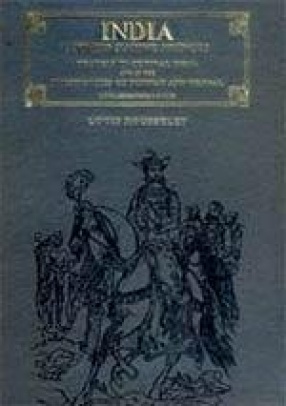
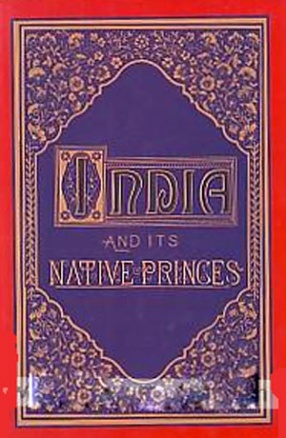
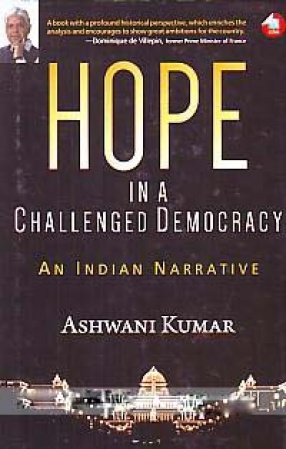
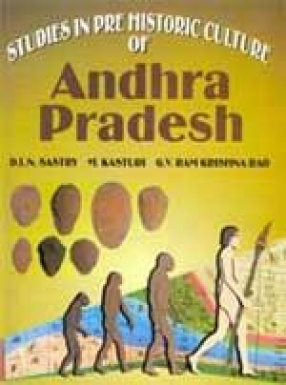
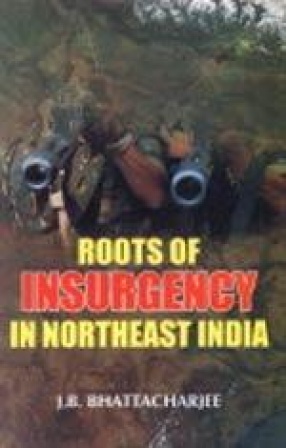
There are no reviews yet.